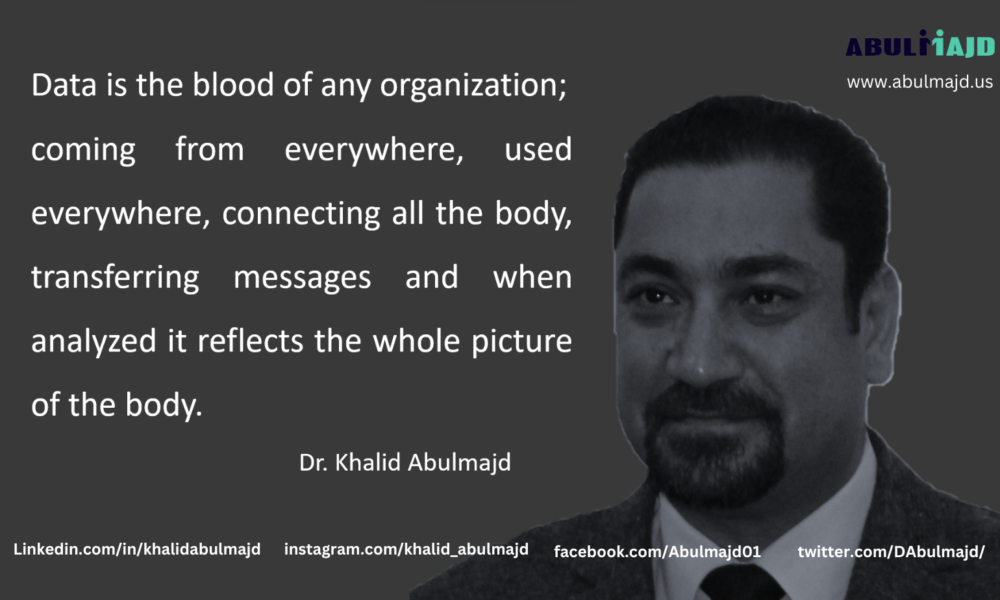Telemedicine refers to the delivery of healthcare services through digital communication technologies, such as video conferencing, phone calls, messaging, and…
Pricing Healthcare Services
Pricing healthcare services can be a complex process, as there are many factors to consider and a variety of stakeholders…
Smarter Spending in Healthcare: Strategies for Reducing Costs and Improving Quality
As healthcare costs continue to rise, there is growing pressure to find ways to reduce spending while maintaining or improving quality. One approach that has gained traction in recent years is
Value-Based Healthcare
Value-based healthcare (VBHC) is a healthcare delivery model that focuses on maximizing the value received by patients in terms of…
Improving Patient Flow
Improving patient flow is an important aspect of healthcare delivery as it can reduce wait times, increase patient satisfaction, and…
A Shark In My Tank
I have just returned back from a trip to Asia, where I heard a magnificent story about Japanese fishermen. Japanese…
Patient Flow
Patient flow refers to the movement of patients through the healthcare system, from the point of initial entry to the…
An Accountable or A Second Victim
In 1994, when I was an anesthesia intern, a bride and groom were admitted to the operating theater after a…
Future Healthcare System
In the report “Crossing the Global Quality Chasm: Improving Health Care Worldwide,” a committee of the National Academies of Sciences,…
Risk Matrix
A Healthcare Risk Assessment Matrix is a tool used to identify and evaluate potential risks within a healthcare organization. It…
Data Reliability in Healthcare – A Vital Imperative
Performance measurement plays a vital role in driving healthcare quality improvement, but its effectiveness hinges on the reliability of the underlying data. By addressing data reliability challenges through standardized data collection, validation
Smarter Spending in Healthcare
Smarter spending is a critical component of achieving the third aim of reducing the per capita cost of healthcare. Here are some ways in which smarter spending can contribute to achieving the Triple Aim:
Swiss Cheese Model
The Swiss Cheese Model is a widely used framework for understanding and analyzing how errors can occur in complex systems,…
Risk Assessment
What is risk assessment? A risk assessment seeks to answer four simple, related questions: What can go wrong? How bad?…
The Three Behaviors
ABC model of attitudes Affective component This involves a person’s feelings / emotions about the attitude object. For example: “I…
Manage Risk in 6 Steps
1- Identify Hazard 2- Who? 3- Analysis 4- Register 5- Action Plan 6- Re-assess 1- Identify Hazard what can go…
When The Winds Blow!
Once there lived a farmer who owned land along the seacoast. He constantly advertised for hired hands. Most people were…
Does Ignorance Begets Confidence? – Dunning-Kruger effect
The Dunning-Kruger effect is a type of cognitive bias in which people believe that they are smarter and more capable than they…
I Wore the Juice – Unskilled and Unaware of it
On one fine morning in Pittsburgh (PA), on April 19, 1995, a man aged 44, known by the name McArthur…











